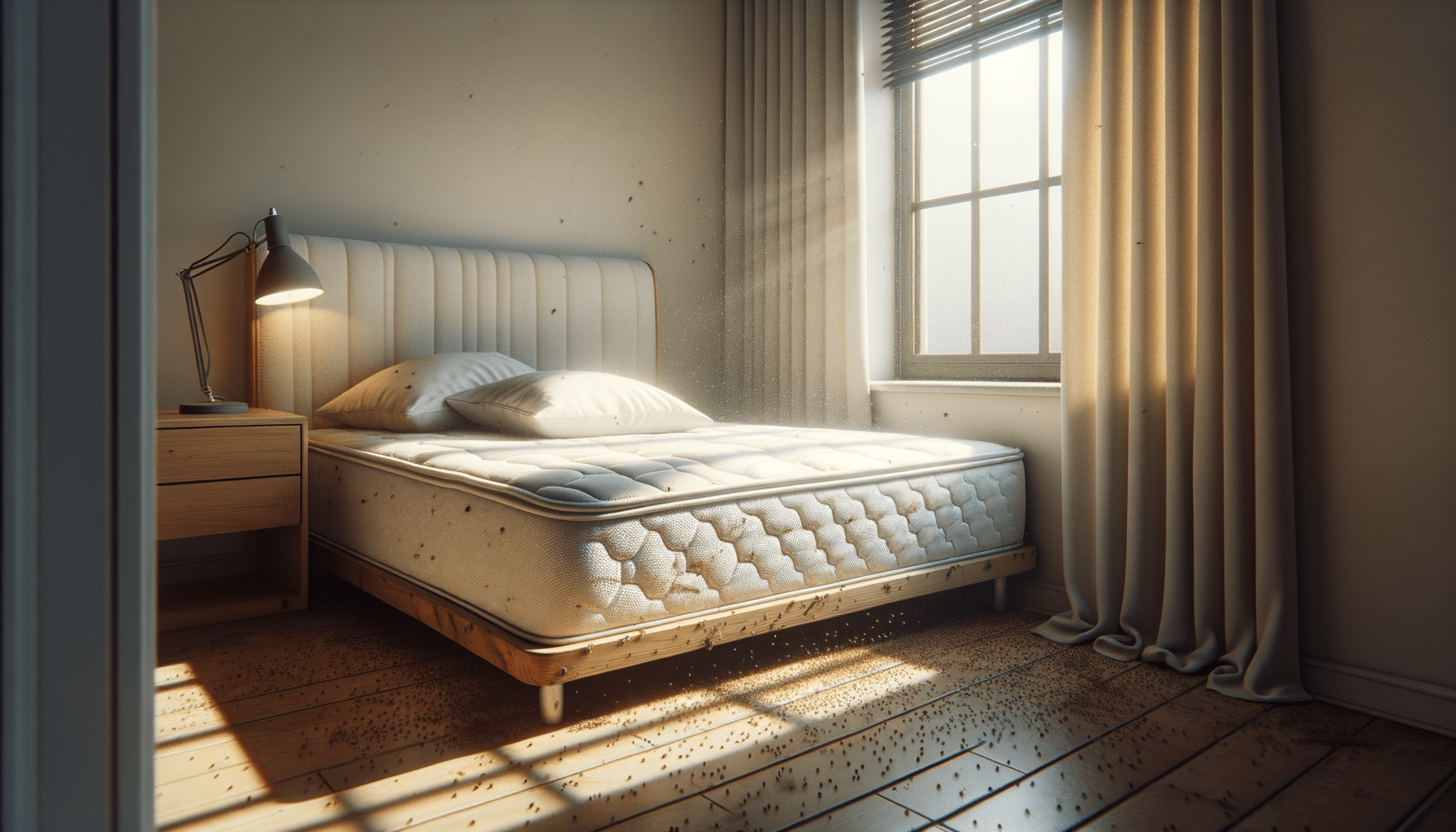
How to Identify Bed Bugs: Signs and Symptoms at Home
Introduction to Bed Bugs
Bed bugs are small, elusive insects that can cause significant distress in households. Understanding how to identify bed bugs is crucial for maintaining a healthy and comfortable living environment. These pests are notorious for their ability to hide in the smallest of crevices, making early detection a key factor in managing an infestation. In this article, we will explore how to know if you have bed bugs by examining various signs and symptoms, providing you with the knowledge to take appropriate measures.
Physical Signs of Bed Bugs
Identifying bed bugs begins with recognizing their physical characteristics. Bed bugs are small, flat, and oval-shaped insects, typically brownish in color. Adult bed bugs are about the size of an apple seed, while nymphs (younger bed bugs) are smaller and lighter in color.
To detect their presence, look for these signs:
- Reddish stains on bed sheets or mattresses – these are often caused by bed bugs being crushed.
- Dark spots, which are bed bug excrement, and may bleed on fabric like a marker would.
- Eggs and eggshells, which are tiny (about 1mm) and pale yellow in color.
- Live bed bugs, although they are adept at hiding, can be found in the folds of mattresses, seams of bedding, and other tight spaces.
Regular inspection of bedding and furniture, especially in areas where you sleep or rest, is essential to catch these signs early.
Common Symptoms of Bed Bug Bites
Another way to know if you have bed bugs is by observing symptoms of bites. Bed bug bites can vary in appearance but commonly appear as small, red, and itchy welts. They are often found in clusters or lines on exposed areas of skin, such as the arms, neck, and face.
Typical symptoms include:
- Red, itchy spots that may have a darker center.
- Swelling around the bite area.
- Itching and discomfort, which may lead to secondary skin infections if scratched excessively.
It’s important to note that not everyone reacts to bed bug bites, so the absence of bite marks does not necessarily mean you are free from infestation.
Identifying Bed Bug Hiding Spots
Bed bugs are adept at hiding in a variety of places, making it important to conduct thorough inspections in suspected areas. They prefer to stay close to their food source, which is typically humans, so they often hide in or around sleeping areas.
Common hiding spots include:
- Seams and tags of mattresses and box springs.
- Cracks in bed frames and headboards.
- Behind wallpaper and picture frames.
- In electrical outlets and other small crevices.
Regular inspection of these areas is crucial, especially if you suspect an infestation. Using a flashlight and a magnifying glass can aid in spotting these elusive pests.
Conclusion: Taking Action Against Bed Bugs
Recognizing the signs and symptoms of bed bugs is the first step in managing an infestation. If you suspect the presence of bed bugs, it is essential to act promptly to prevent the problem from escalating. Strategies such as cleaning and vacuuming, using protective covers for mattresses, and seeking professional pest control services can help eradicate these pests.
By being vigilant and informed, you can protect your home from the discomfort and stress associated with bed bugs, ensuring a peaceful and healthy living space.


